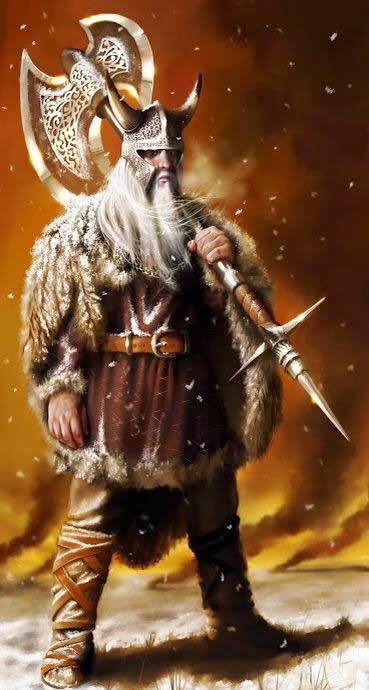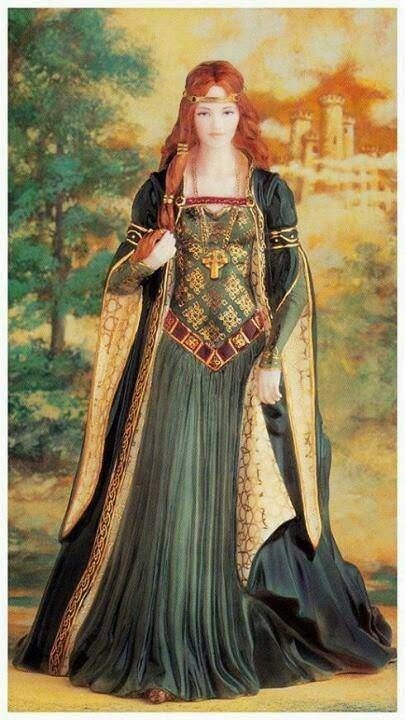 |
| Vegetable Sheep |
Plant-animal hybrids, vegetable sheep and vegetable lambs, were believed to produce cotton as sheep produce wool and are depicted in the bestiaries, the medieval collections of fact and folklore about real and imaginary animals.
Also known as the lambs of Tartary, these creatures were believed to live in the Asian land of Tartary, which is part of present-day Eastern Europe and Russia.
The origins of this odd belief are almost certainly connected to the arrival of cotton bolls from the East into Western Europe. Since no one in Western Europe had ever seen cotton in its unspun, natural form, they assumed that the bolls were a form of wool.




























